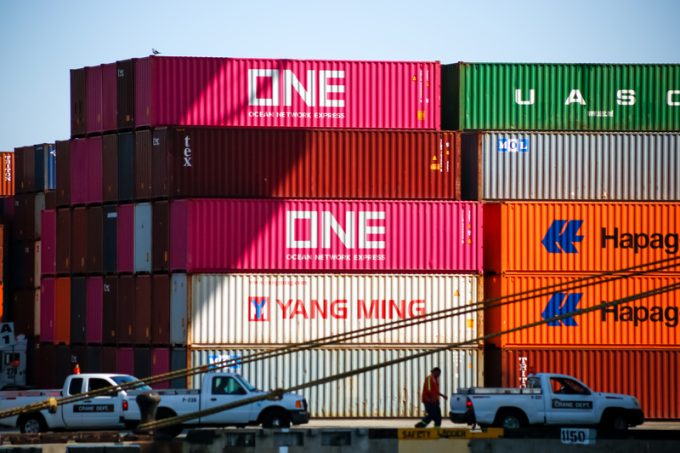Business calls for end to French port strikes, but unions plan more
French industry body the Mouvement des Entreprises de France (MEDEF) is demanding a swift end ...

Carrier members of THE Alliance could resort to ’port-hopping’ or skipping calls at strike-hit US east and Gulf coast ports, according to Yang Ming president Cliff Pai.
He said yesterday that a strike from 1 October would shut down the ports, impacting Yang Ming and THEA fellows Hapag-Lloyd, ONE and HMM.
Mr Pai said: “While shippers have begun diverting containers to the US west coast, it is not a perfect solution as US inland transportation has limited capacity. Once a strike occurs, ...
Trump tariffs see hundreds of cancelled container bookings a day from Asia
'To ship or not to ship', the question for US importers amid tariff uncertainty
'Chaos after chaos' coming from de minimis changes and more tariffs
'Disastrous' DSV-Schenker merger would 'disrupt European haulage market'
Forto 'sharpens commercial priorities' as it lays off one-third of staff
List of blanked transpac sailings grows as trade war heats up and demand cools
EC approves DSV takeover of DB Schenker
Overcapacity looms for ocean trades – with more blanked sailings inevitable
Amazon Air’s metamorphosis: 'a different air cargo unit from two years ago'
Shippers in Asia restart ocean shipment bookings – but not from China
India withdraws access for Bangladesh transhipments, in 'very harmful' decision
'Tariff hell' leaves industries in limbo – 'not a great environment to plan'

Comment on this article